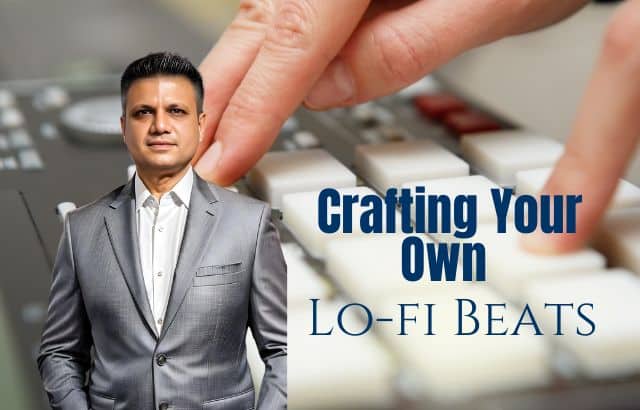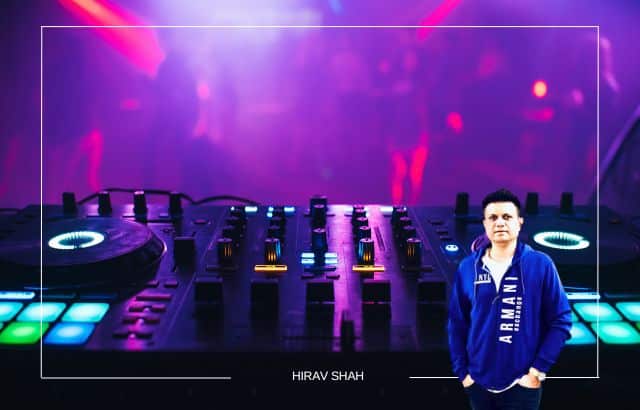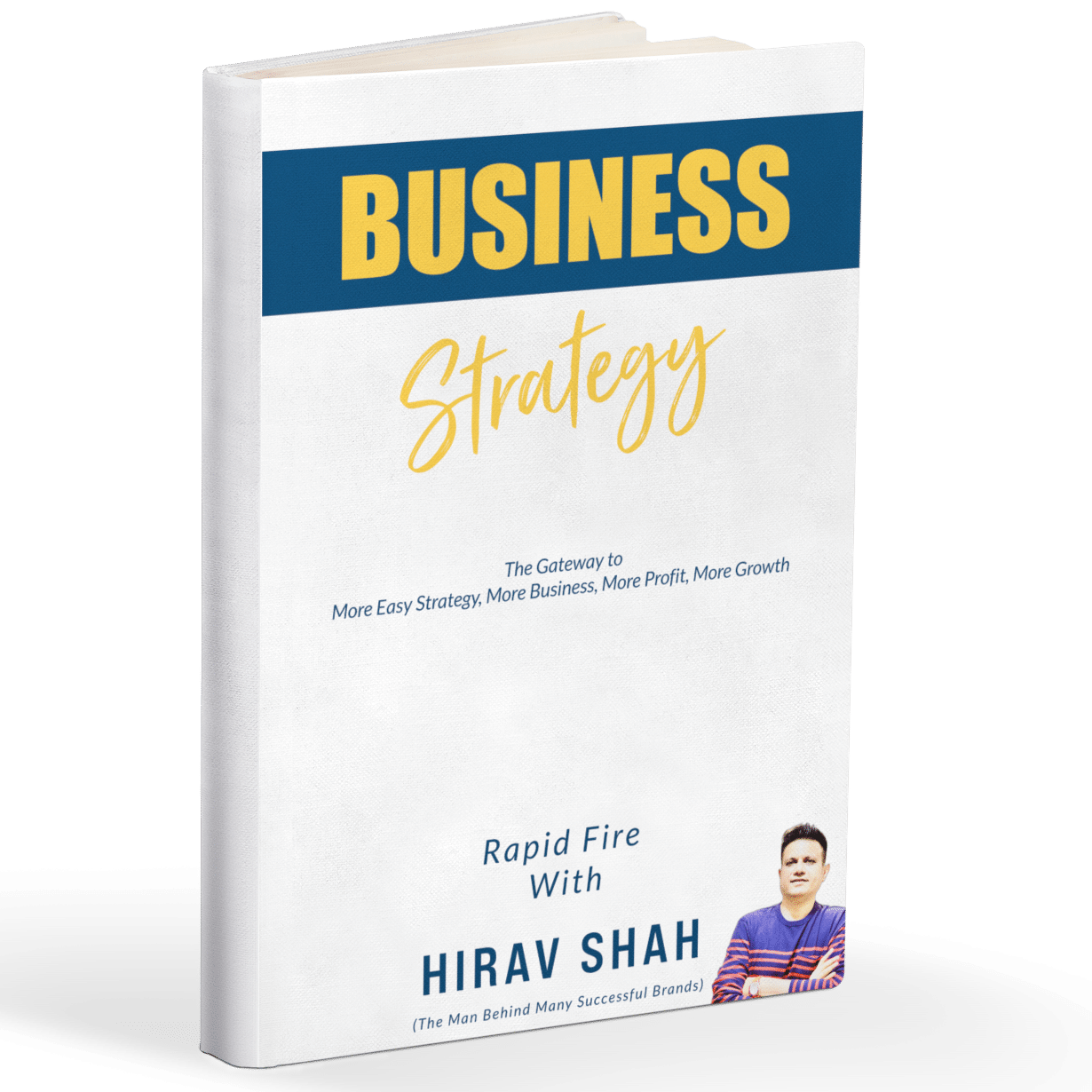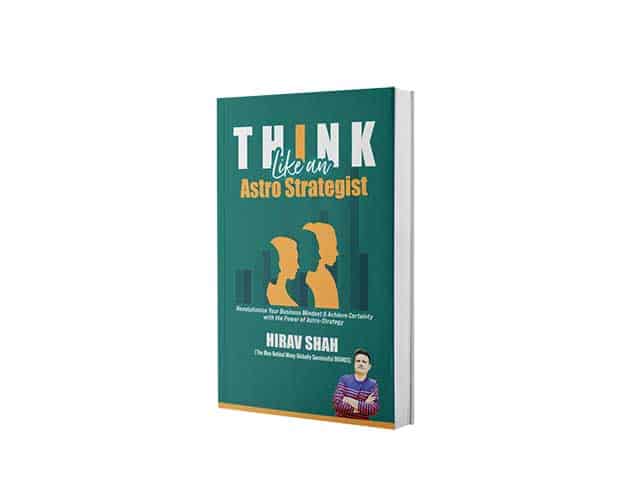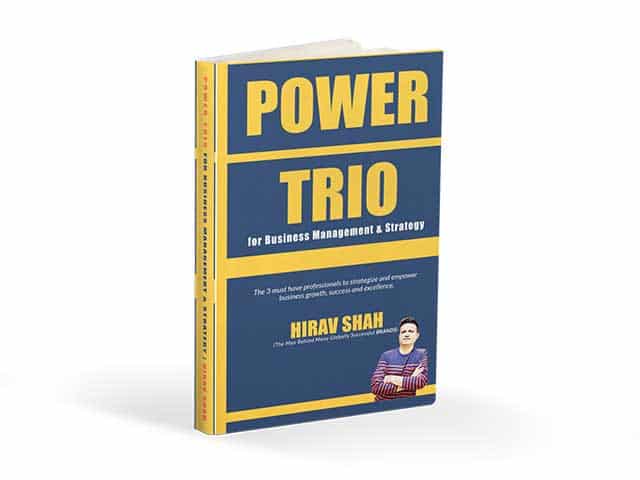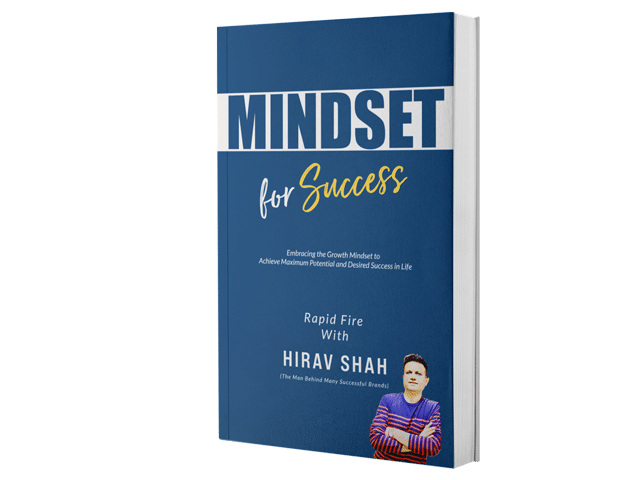In the hustle and bustle of our daily lives, finding moments of tranquility and peace becomes essential for maintaining mental well-being. One of the most effective ways to achieve this is through the soothing sounds of lo-fi beats. Renowned Astro Strategist Hirav Shah, a proponent of harnessing positive energies for personal growth, shares his insights on crafting your own lo-fi beats to induce productive mood changes, relax the mind, and infuse daily freshness into your routine.
Table of Contents
A Step-by-Step Tutorial
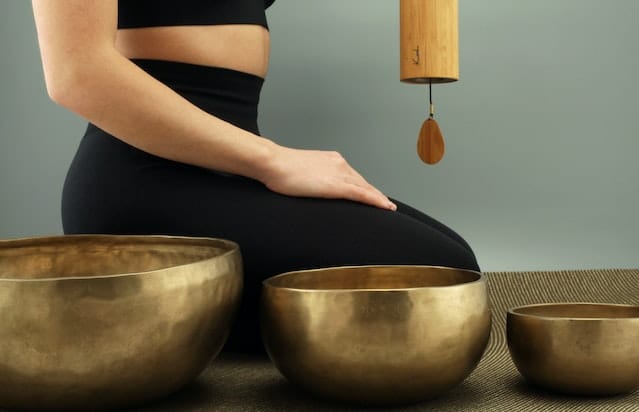
Step 1: Set the Mood and Inspiration:
Before diving into the technicalities, it’s crucial to set the mood. Create a tranquil space, free from distractions, and gather inspiration. Listen to your favorite lo-fi tracks and identify the elements that resonate with you.
Step 2: Choose Your DAW (Digital Audio Workstation):
Select a DAW that suits your preferences and skill level. Popular choices for lo-fi production include Ableton Live, FL Studio, and Logic Pro. Familiarize yourself with the interface and basic functions of your chosen DAW.
Step 3: Select Your Instruments:
Lo-fi music often features simple and classic instruments. Choose from a range of sounds such as vinyl crackle, soft piano, jazz guitar, and ambient synths. Experiment with different combinations to find the perfect blend.
Step 4: Create a Laid-Back Drum Beat:
The drum beat is the heartbeat of your lo-fi track. Opt for a relaxed tempo, typically ranging from 70 to 90 BPM. Use gentle kicks, snares, and hi-hats to build a rhythmic foundation. Embrace imperfections for an authentic feel.
Step 5: Integrate Ambient Sounds:
To enhance the atmosphere, incorporate ambient sounds like raindrops, birdsong, or distant chatter. These elements contribute to the immersive and calming nature of lo-fi music.
Step 6: Add Chords and Melodies:
Craft simple and soulful chord progressions using instruments like the Rhodes piano or a mellow synth. Experiment with melodies that evoke emotion and complement the overall mood of your composition.
Step 7: Embrace Vinyl Crackle and Tape Hiss:
Lo-fi music is characterized by its vintage and nostalgic quality. Introduce vinyl crackle and tape hiss to your track to emulate the warmth of analog recordings. Adjust the levels to strike a balance between subtlety and presence.
Step 8: Experiment with Filters and Effects:
Explore the world of filters and effects to add depth to your lo-fi beats. Experiment with low-pass filters, reverb, and delay to create a dreamy and spacious soundscape.
Step 9: Arrange and Structure Your Composition:
Organize your elements into a cohesive structure. Lo-fi tracks often follow a simple arrangement, but don’t be afraid to experiment with unconventional structures to keep your audience engaged.
Step 10: Fine-Tune and Polish:
Listen to your composition with a critical ear. Fine-tune the levels, ensure a balanced mix, and make subtle adjustments to perfect your lo-fi creation.
The correlation between owning lo-fi beats and being a business strategist lies in the intersection of creativity and strategy. Here’s how they relate:
Creative Product Development:
As a business strategist, understanding the potential of owning and creating lo-fi beats can be part of a larger strategy in the music or content production industries. For example, owning lo-fi beats can be a unique asset in a portfolio, enabling a business to create branded content, offer licenses, or build a platform for distribution. The strategist might leverage these assets to develop new revenue streams, marketing strategies, or brand identities.
Branding and Marketing:
Lo-fi music has become synonymous with relaxation, focus, and aesthetic appeal—especially popular on platforms like YouTube, Spotify, and Twitch. A business strategist could help position lo-fi beats as part of a broader brand or marketing campaign (e.g., using lo-fi music in commercials, branding, or digital content). This involves recognizing trends and tapping into the growing demand for lo-fi content.
Monetization and Revenue Streams:
Owning lo-fi beats allows a business strategist to identify opportunities for monetizing those beats—through licensing, streaming royalties, or direct sales. A business strategist could develop multiple revenue models, such as offering subscriptions for exclusive music, licensing tracks for commercials, video games, or social media influencers, or even offering lo-fi beats as a service to creators looking for background music.
Content Creation and Engagement:
Lo-fi beats are often used for creating content that engages a wide audience, from study playlists to relaxation videos. A business strategist can leverage this content to build an audience, create partnerships with influencers, or drive engagement on social media platforms. Strategizing how lo-fi music fits into larger content strategies is key to maximizing the reach and success of the beats.
Market Trends and Consumer Behavior:
A business strategist would analyze the growing trend of lo-fi music’s popularity (e.g., lo-fi hip-hop streams for studying or relaxation) to identify opportunities for growth and expansion. The strategist would track how consumer behavior is shifting toward digital products like lo-fi music, allowing for informed decisions on how to target new markets or expand into global regions.
Key Correlations:
Creative Assets: Owning and creating lo-fi beats is a creative asset that can be strategically leveraged for business growth.
Revenue Generation: A strategist would look at ways to monetize lo-fi beats through licensing, streaming, or partnerships.
Trend Analysis: Recognizing lo-fi’s popularity and understanding its market potential helps in positioning and scaling it as a business.
Audience Engagement: Lo-fi beats are often a gateway to building a loyal online community, and a strategist can create engagement strategies around that.
In essence, while owning lo-fi beats involves creative production, a business strategist can take those beats and incorporate them into a broader strategic vision for profit and growth.
Conclusion
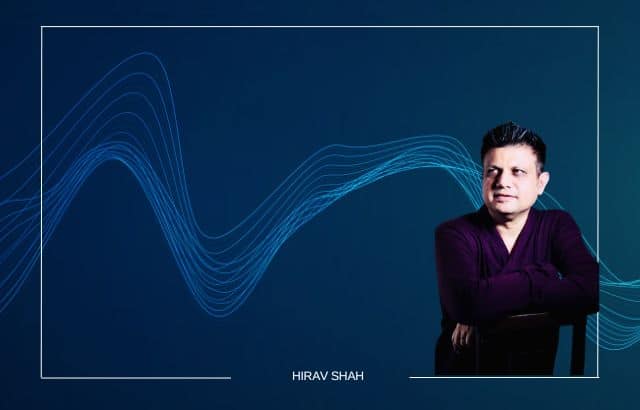
Congratulations, you’ve successfully crafted your own lo-fi beats! Whether you’re an aspiring producer or a casual creator, the beauty of lo-fi lies in its simplicity and accessibility. Embrace the creative process, and don’t be afraid to let your unique style shine through. Now, sit back, relax, and enjoy the tranquil vibes of your very own lo-fi masterpiece.

